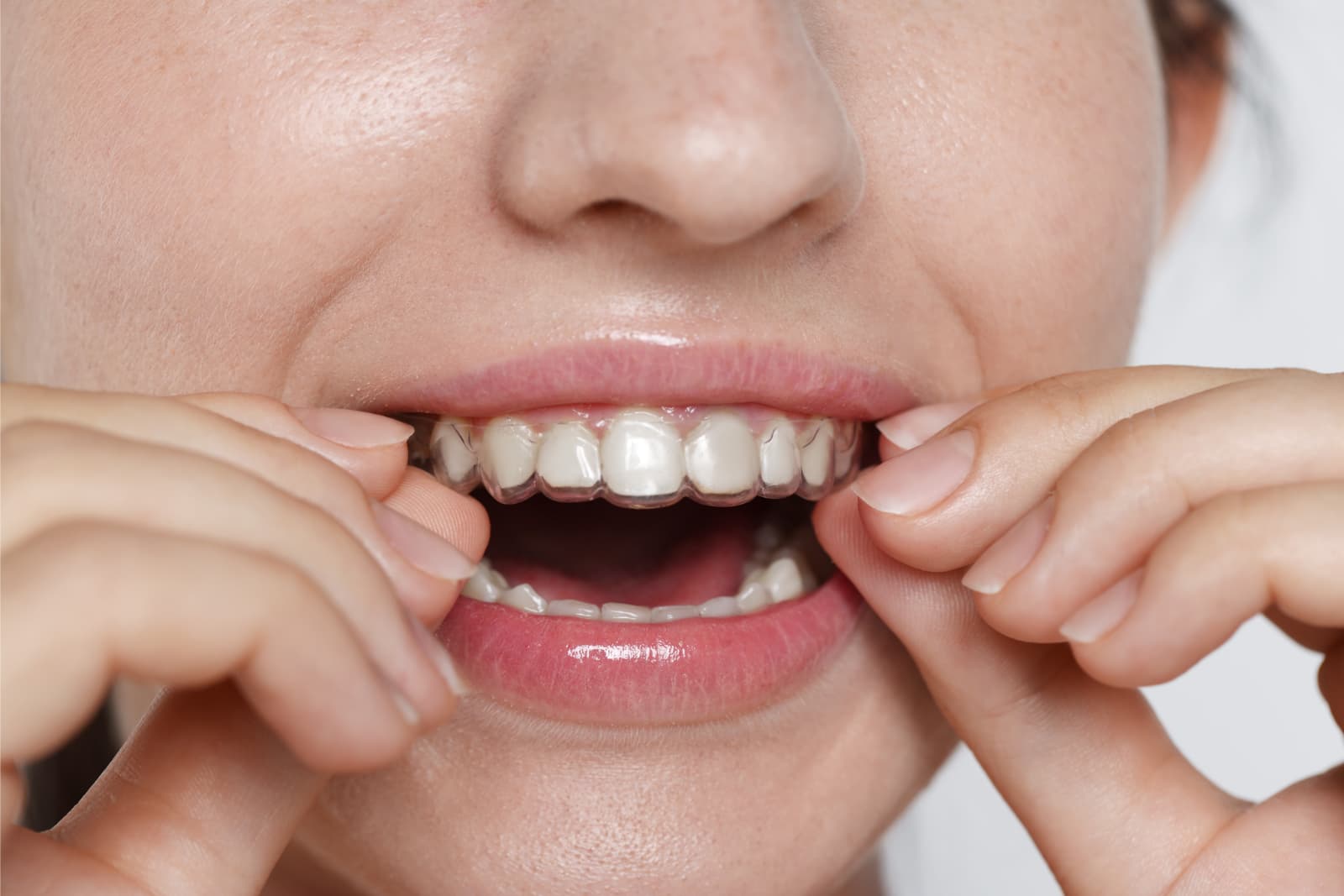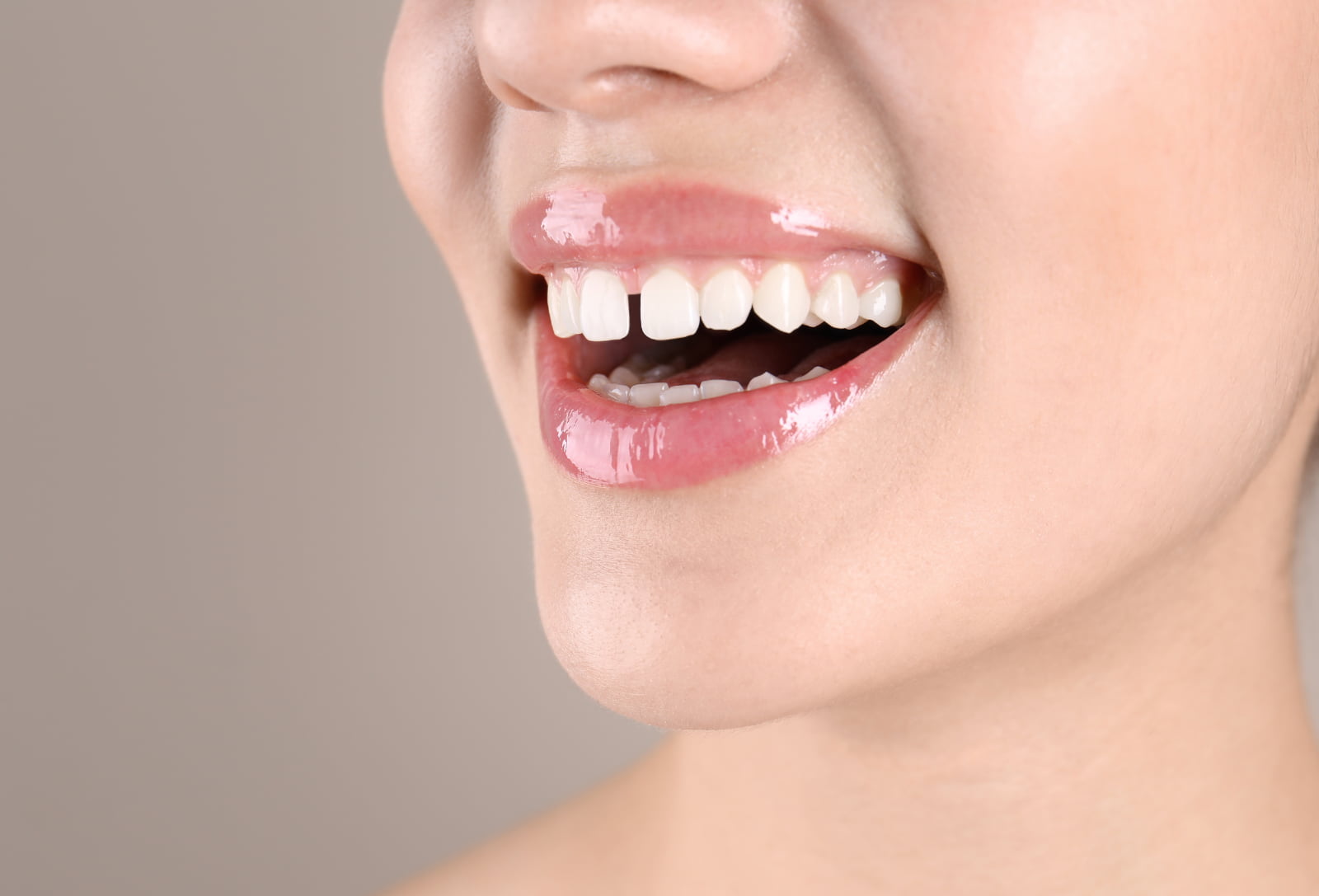TEETH - STRAIGHTENING TREATMENT
SERVICES
RESOURCES
SHOP
MEDICAL CERTIFICATIONS
Certifications ensuring safety, quality, and compliance with global standards.
Certifications ensuring safety, quality, and compliance with global standards.
Many people deal with gaps between their teeth, also known as diastema. Whether it’s genetic or caused by habits like thumb sucking or gum issues, it’s possible to correct it. In this article, we’ll explore proven ways to fix gap teeth, from at-home care to dentist-recommended treatments, to help you choose what’s right for you.
Before jumping into how to fix it, it helps to understand why teeth gaps form in the first place. Common causes include:
If you’re wondering how to reduce the gap between teeth naturally at home, it’s important to know that natural methods can support your oral health, but they can’t physically move teeth like braces or aligners do. Still, here are some helpful home care steps:
For lasting results, you’ll likely need professional treatment.

If you’re exploring how to fix gap teeth, orthodontic treatments are among the most effective options. They work by gradually shifting teeth into better alignment, closing spaces, and improving your bite and smile aesthetics.
Traditional Braces
Metal or ceramic braces apply steady pressure to move teeth into alignment. They’re often recommended for larger gaps or more complex orthodontic cases.
Clear Aligners
Clear aligners are removable, nearly invisible trays that gently move your teeth into the right position. They’re ideal for mild to moderate gaps and offer a discreet alternative to traditional braces.
Retainers
In minor cases, retainers may be used to bring teeth closer together or to maintain your results after treatment.
If you’re looking for faster cosmetic improvements or your gap is relatively small, non-orthodontic treatments can also help enhance your smile. These options focus on restoring the shape, size, or appearance of teeth without physically moving them.
Dental Bonding
A quick and affordable option, dental bonding uses tooth-coloured resin to fill or reshape small gaps. It can usually be completed in a single visit and delivers instant results.
Veneers or Crowns
Porcelain veneers or crowns cover the surface of the teeth to mask gaps and improve aesthetics. They’re durable, natural-looking, and suitable for moderate spacing.
Gum Treatments
If gaps form due to gum recession or uneven gum lines, your dentist may recommend gum contouring or grafting to restore a balanced appearance.
Every smile is unique, and so is every treatment plan. The best way to close teeth gaps depends on their size, cause, and your personal preferences. From clear aligners to bonding or veneers, your dentist can guide you toward the most suitable option. If you’re curious about how to fix diastema effectively, schedule an assessment and discover what’s right for you.
Get a free consultation with your orthodontist today to explore your options and take the first step towards achieving the smile of your dreams. Your journey to a confident smile starts now!
Retainers play an essential role in maintaining your smile after orthodontic treatment. Knowing how to clean retainers properly helps prevent ...
15 December 2025
If you’re dissatisfied with the appearance of your teeth, you’ve probably explored different solutions, from orthodontic treatments to cosmetic options ...
9 December 2025
Orthodontic treatment has evolved dramatically over the past decade, and patients now have access to a wide range of systems ...
2 December 2025
Many people wonder whether they should brush their teeth before or after breakfast, or how long they should wait after ...
24 November 2025
Have you ever felt like your smile isn’t as comfortable or confident as it could be? Perhaps your teeth don’t ...
17 November 2025

